Synopsis
Mitsuju is a period piece about the genesis of a monster called Mitsu-jū, “secret beast,” that consumes people’s secrets. Inspired by Japanese folk stories, the film follows a female shaman, Shizume, who discovers a dark and violent secret about her feudal lord, Tadayoshi. Mitsuju was filmed on location in Nagano, Japan with crew members from the San Francisco Bay Area and Japan.
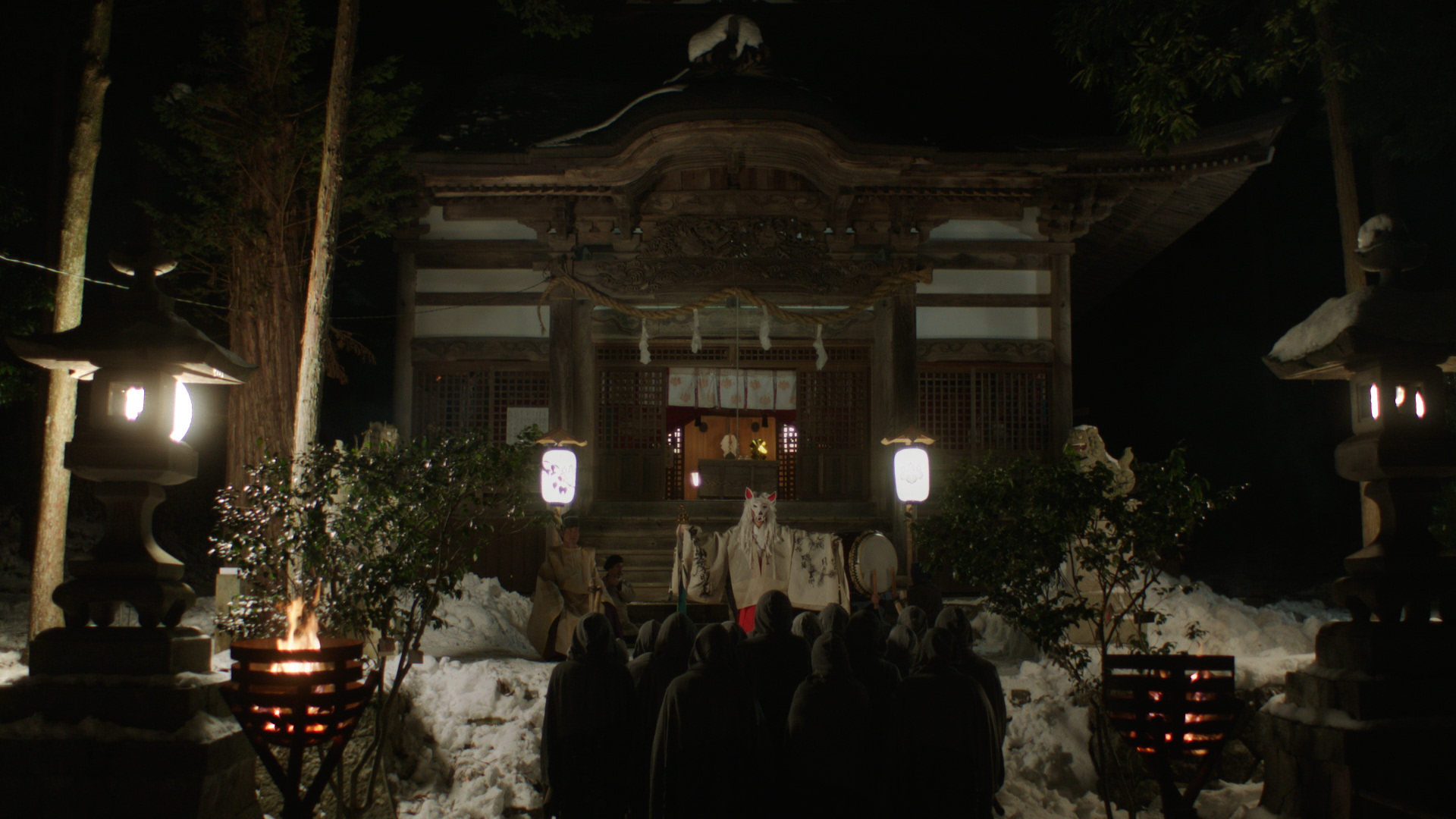
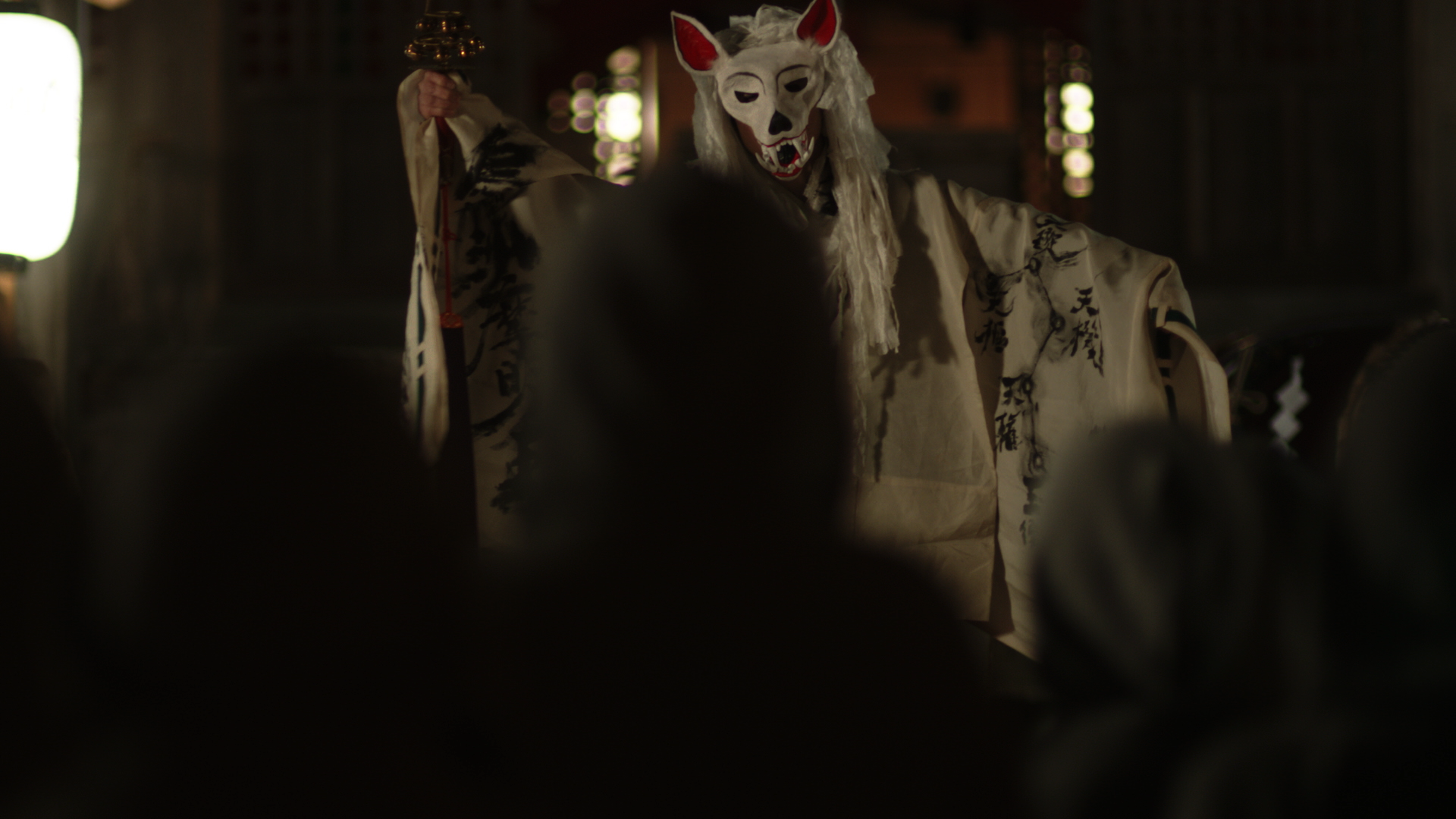
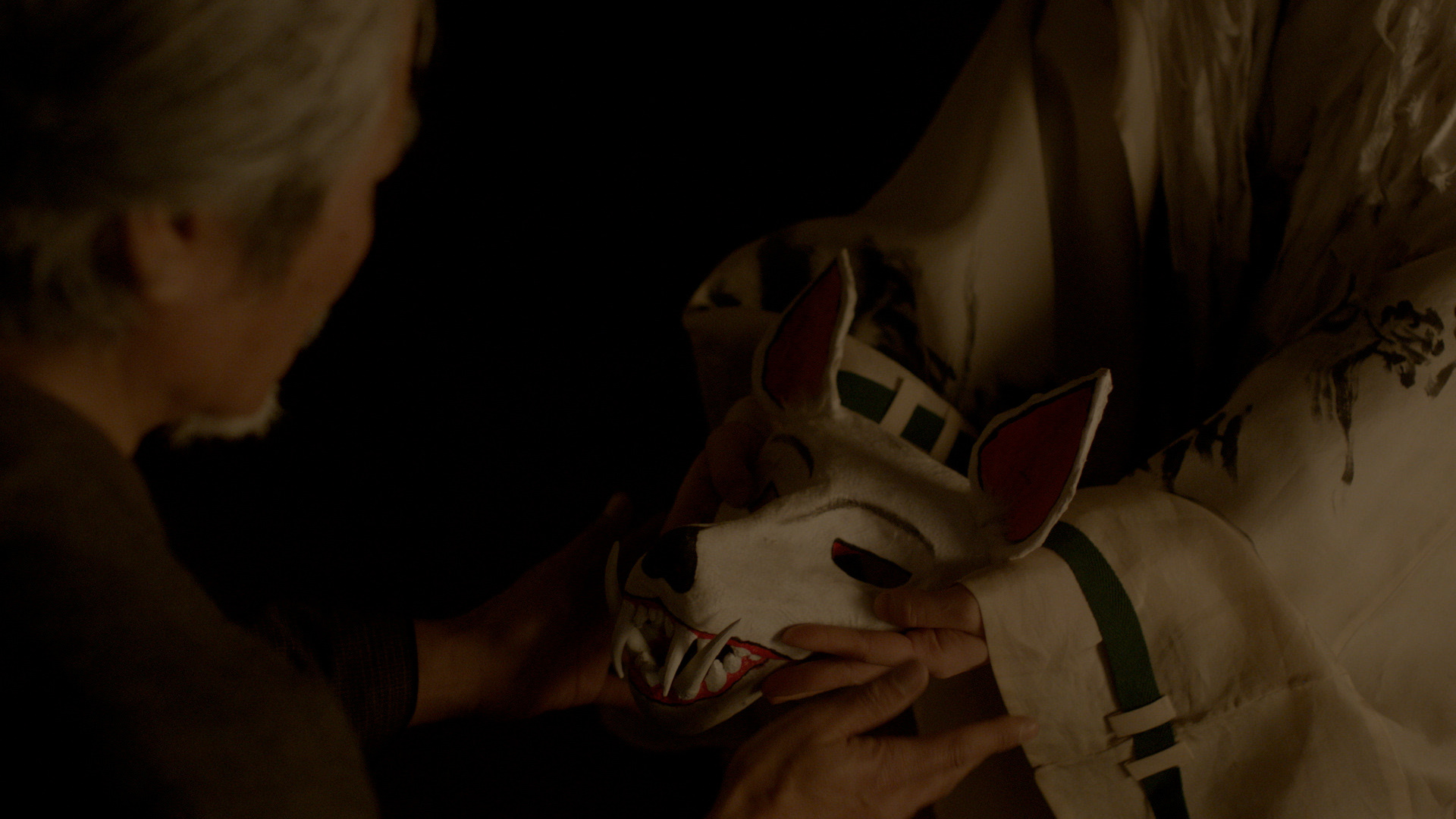



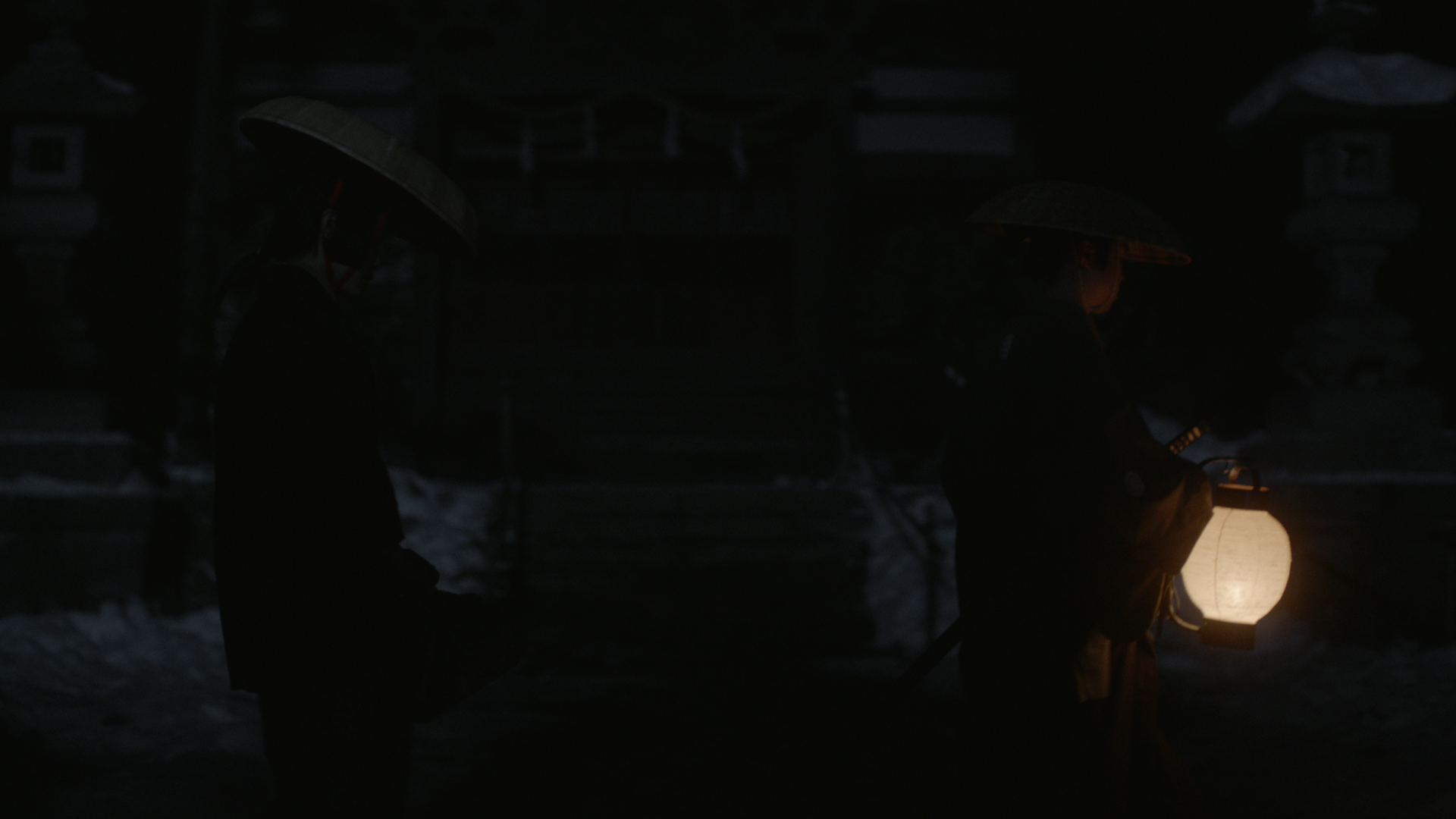
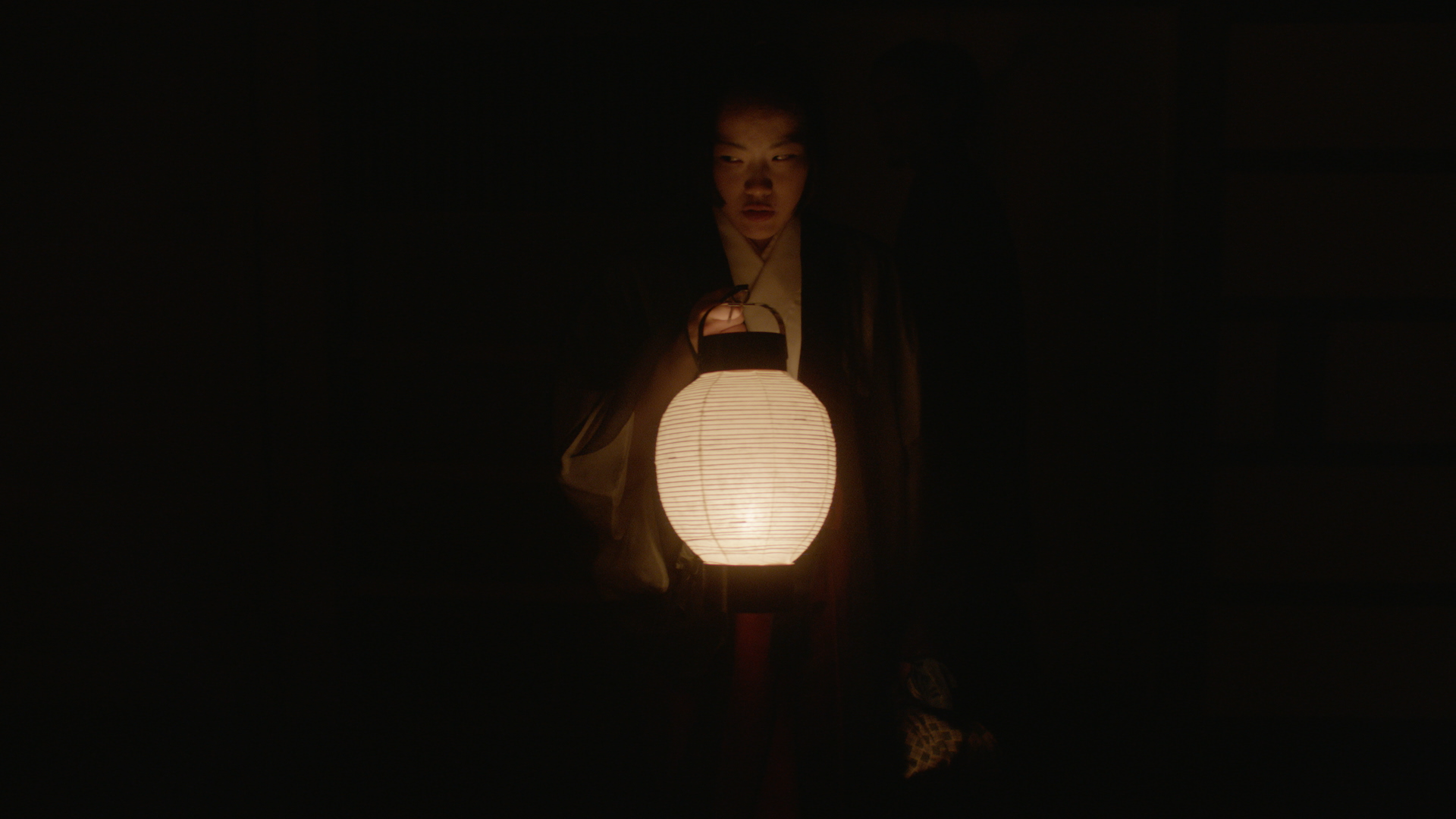
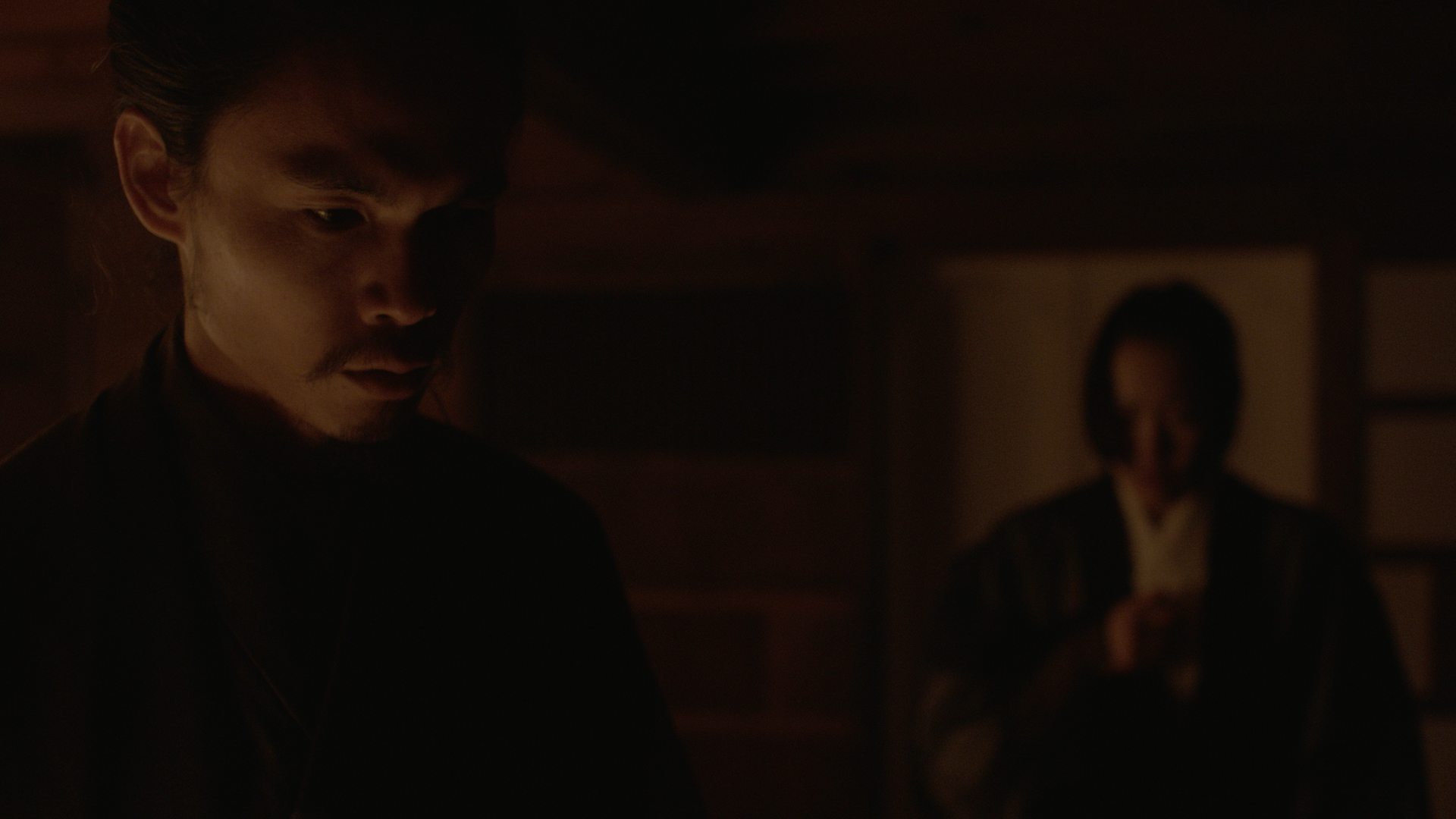

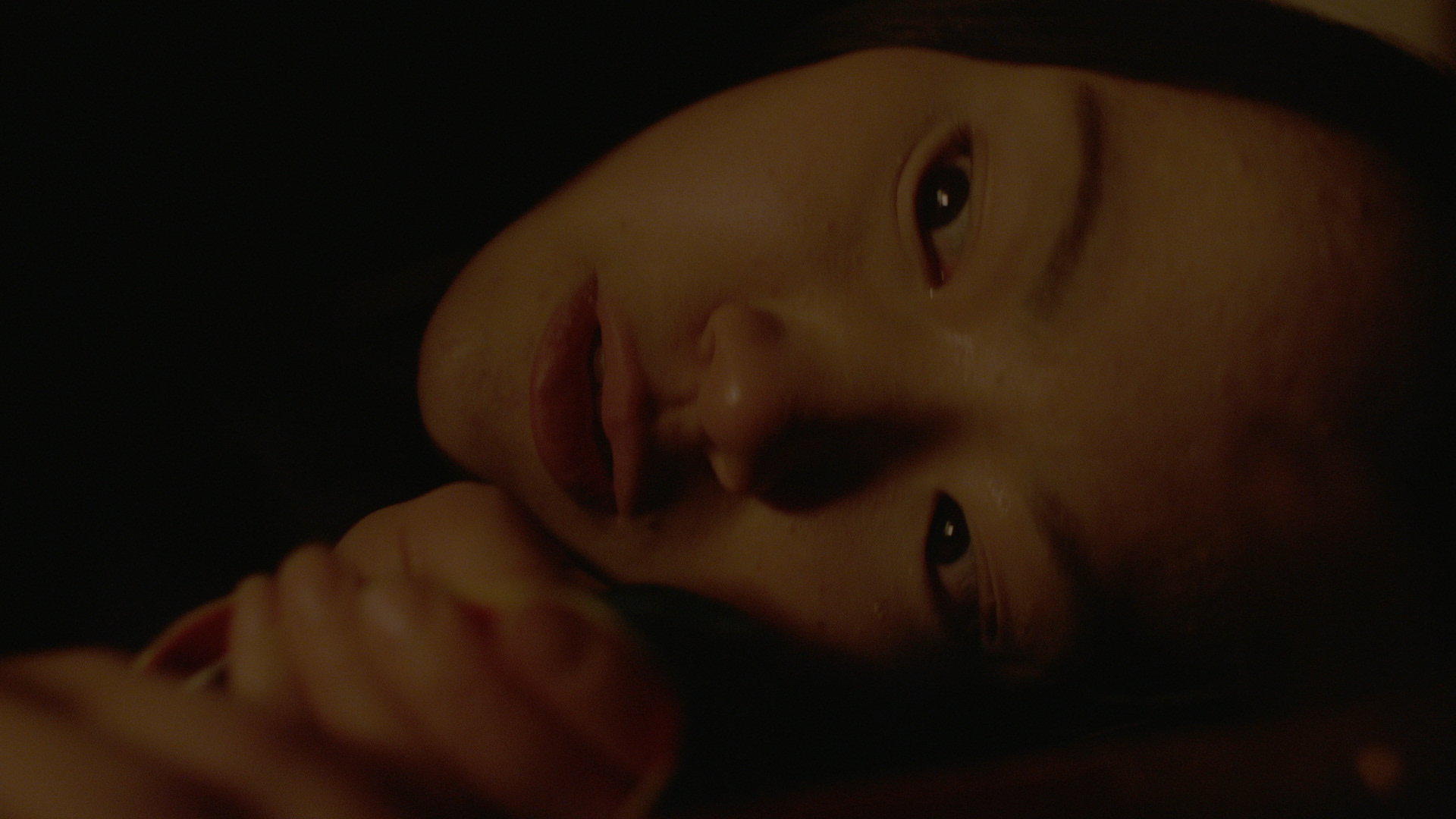
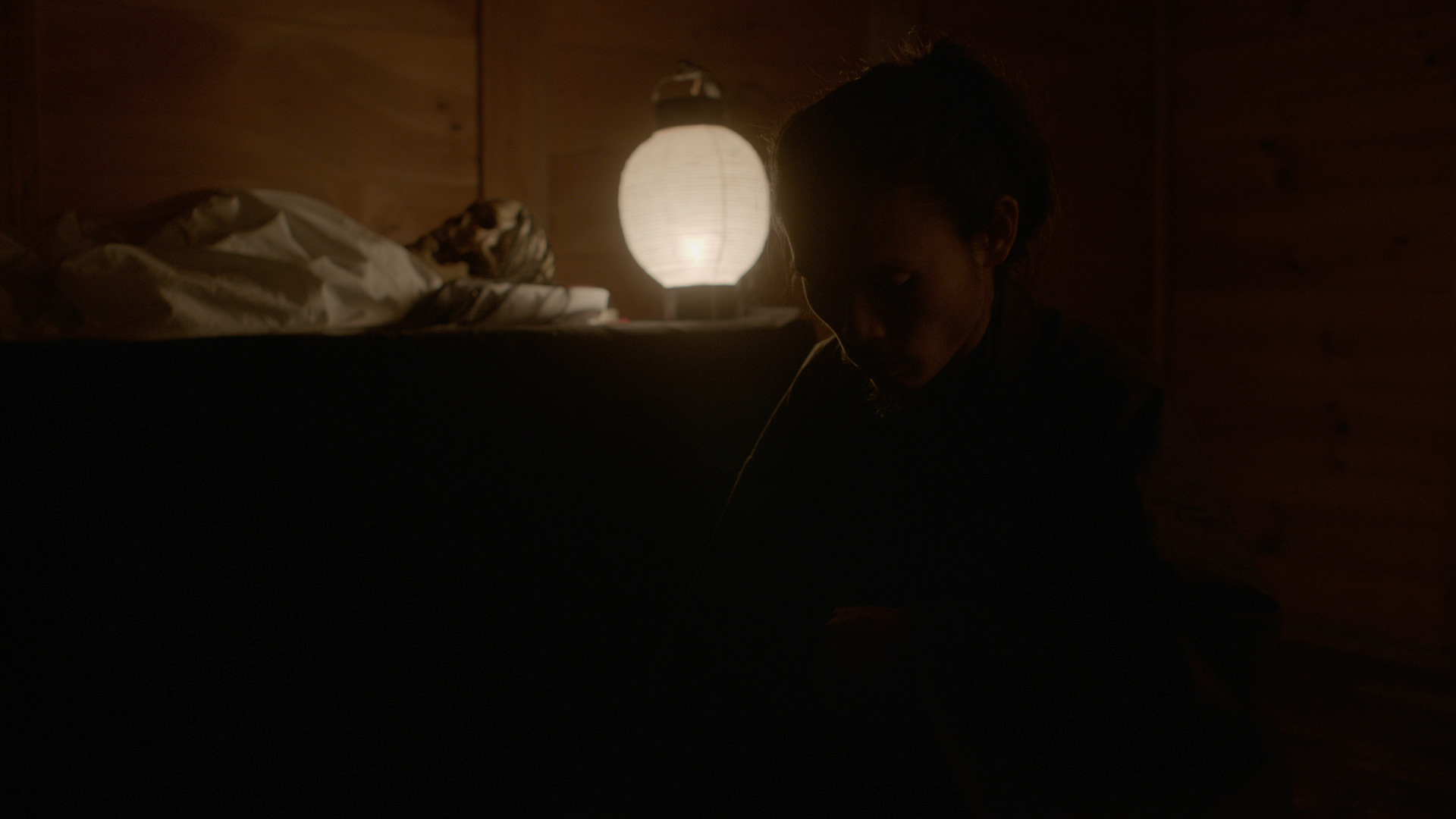

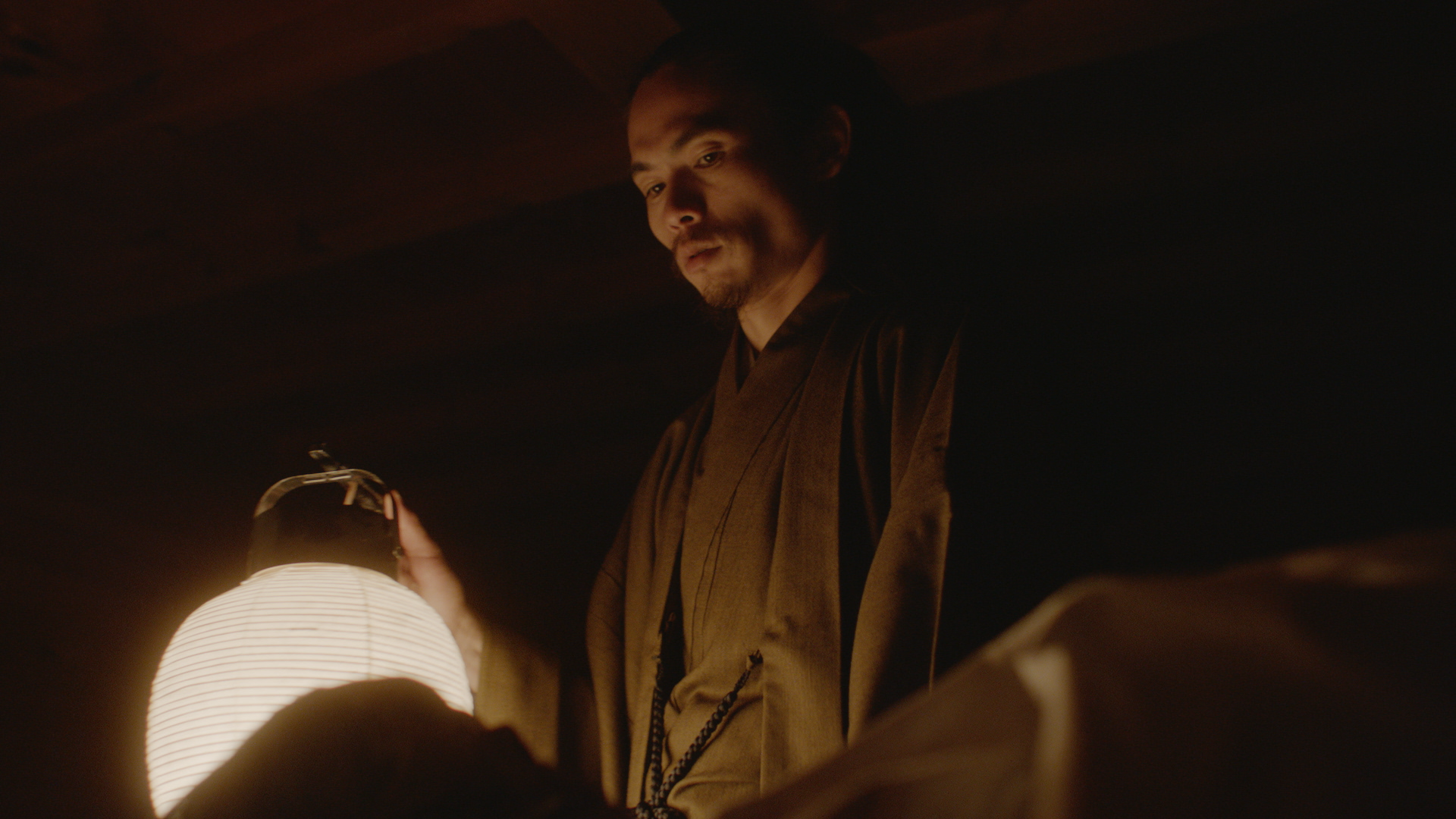

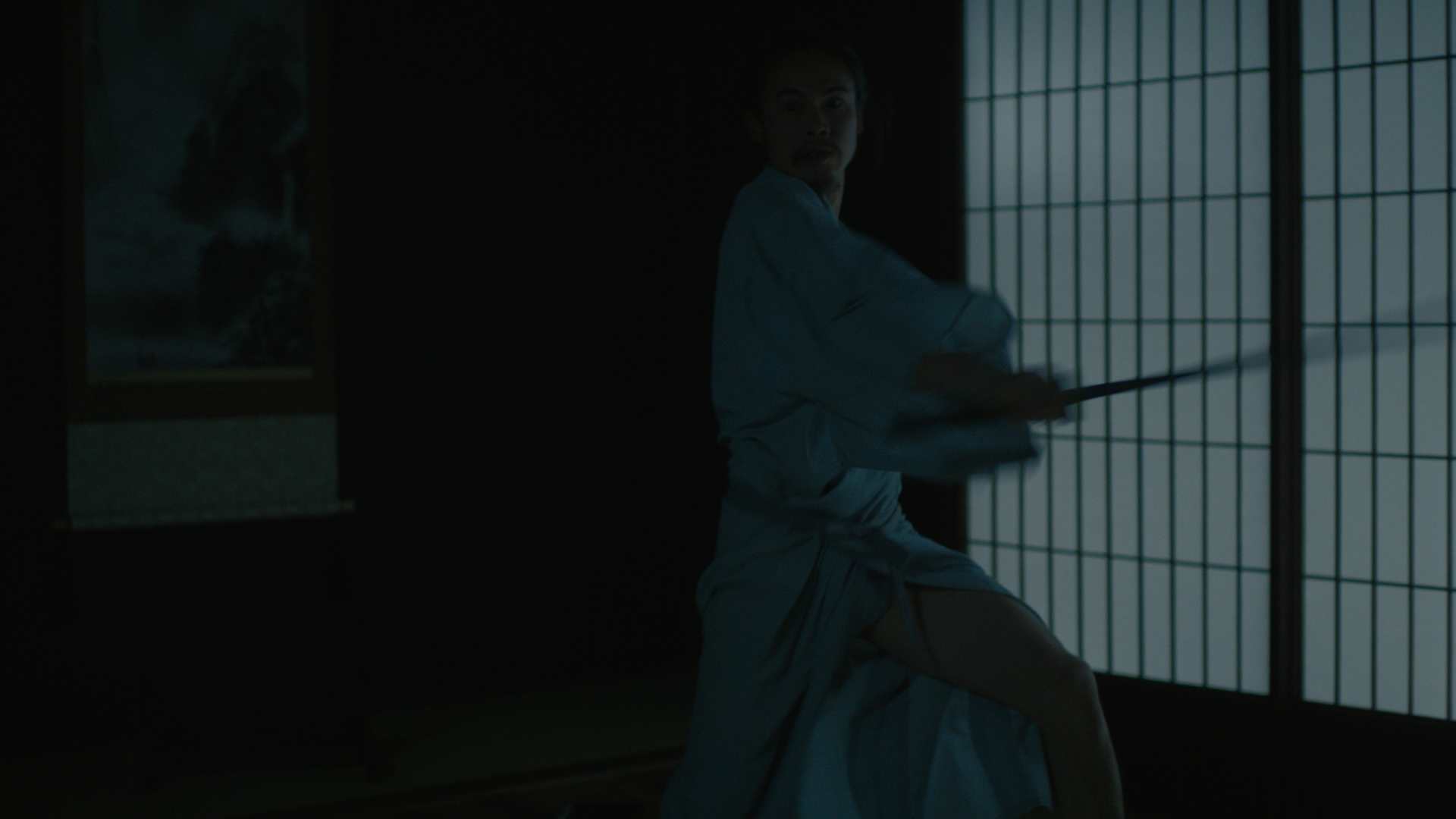
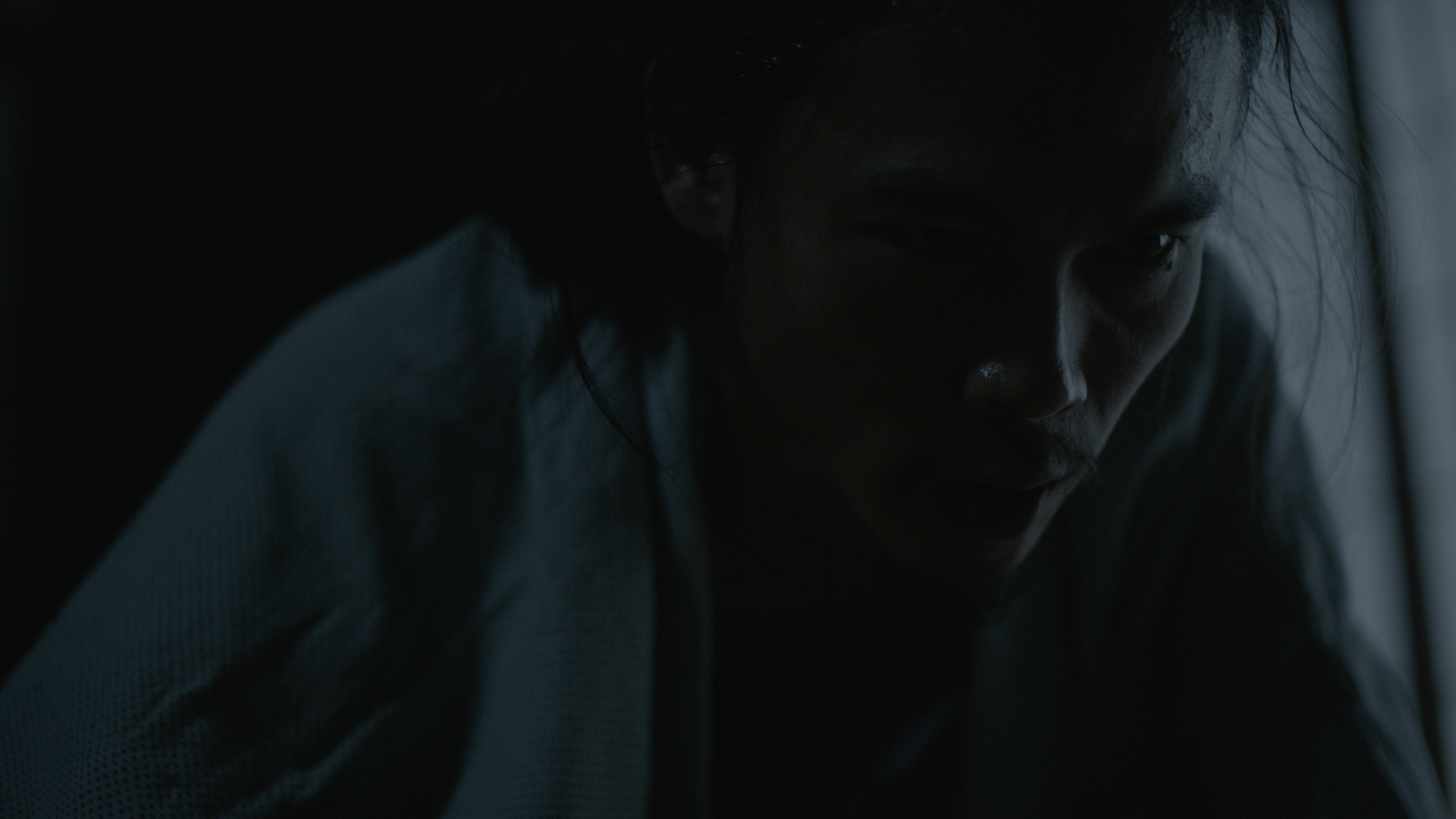
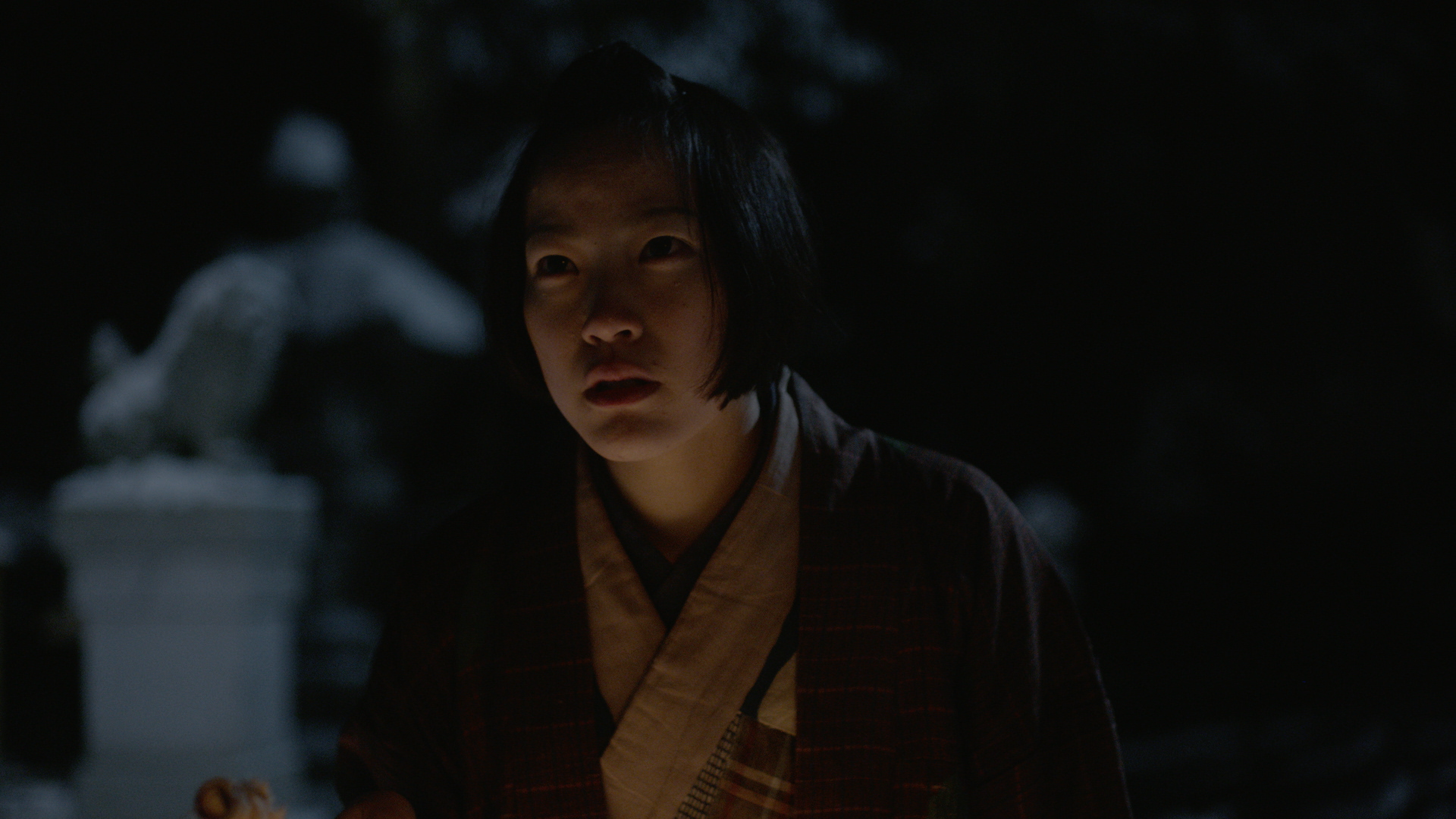
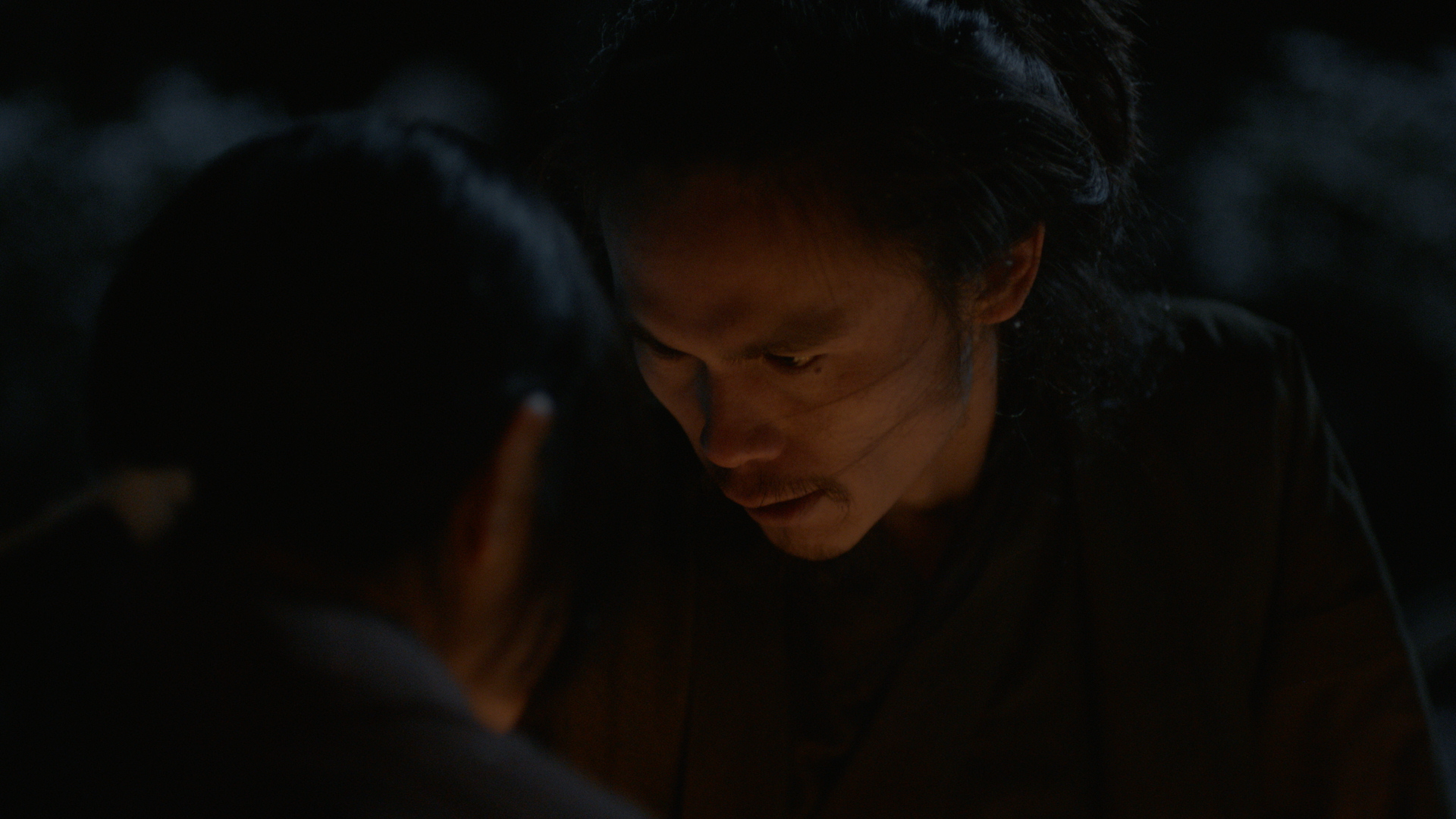
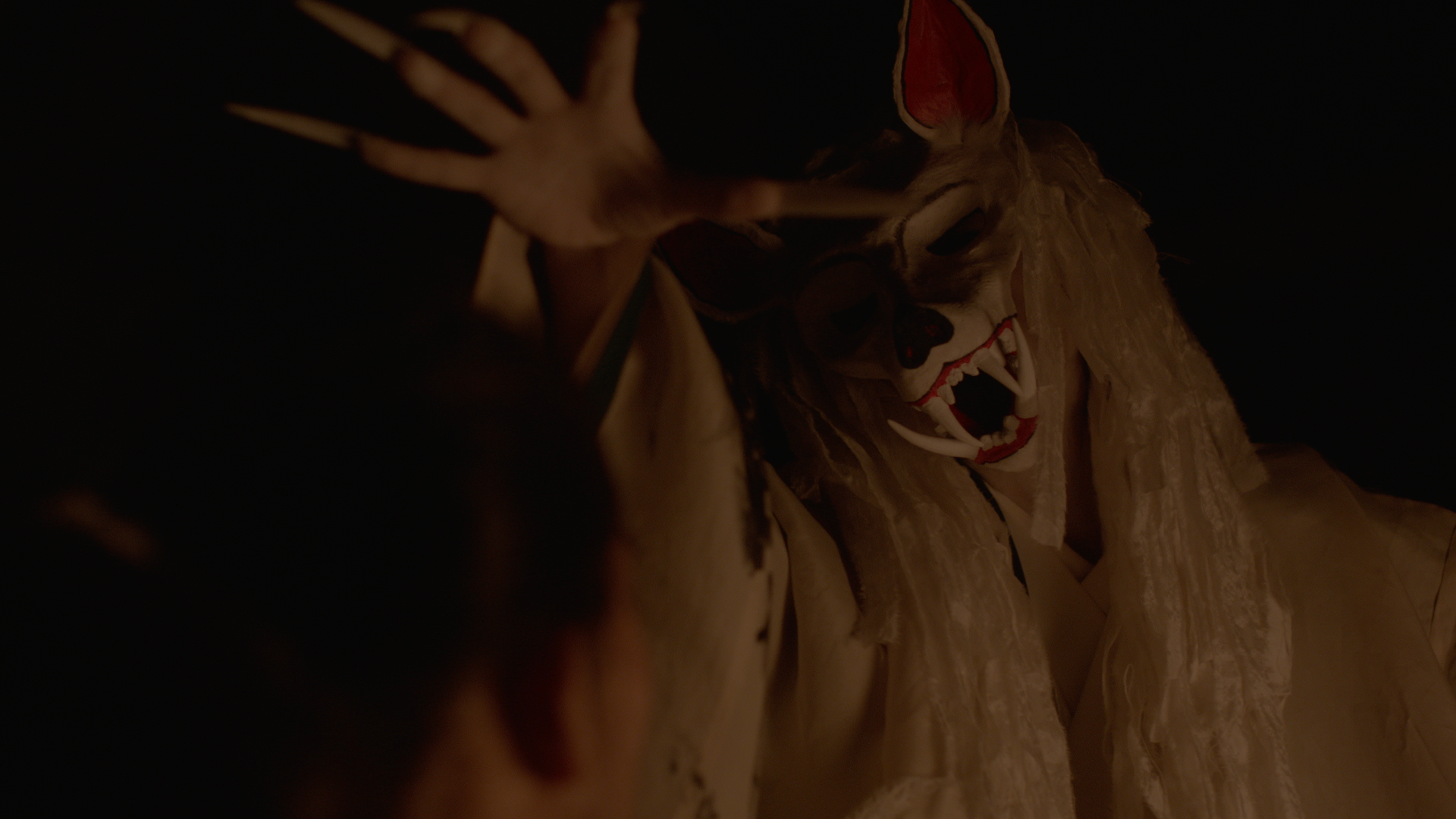
| Mitsuju still frames
Mitsuju was my second collaboration with writer/director, Nao Nakazawa. We first combined forces on his first year graduate school film, Bolon, which also took inspiration from Japanese folk tales. But while Bolon was a more figurative expression of the ideas it explored, Mitsuju would take a more realistic approach, shooting on location in the dead of Winter in Nagano.
When I first read the script, my first thought was, "How are we going to afford this?" It was a period drama set in a mountainous village in Japan, involved flying key crew from the Bay Area, and the script was long for a short film–around 15 pages.
Luckily for us, the universe had plenty in store for the production in terms of help.
I had already planned to be in Japan for a family visit, so I was able to simply tack on some extra time for the film. Our camera operator, John Kiffmeyer, kindly provided us with his Arri Alexa for the duration of the shoot, which otherwise would have been an untenable expense, and we found tremendous support from people in Nagano's local film scene, who helped with sourcing crew, location scouting, equipment, and more.
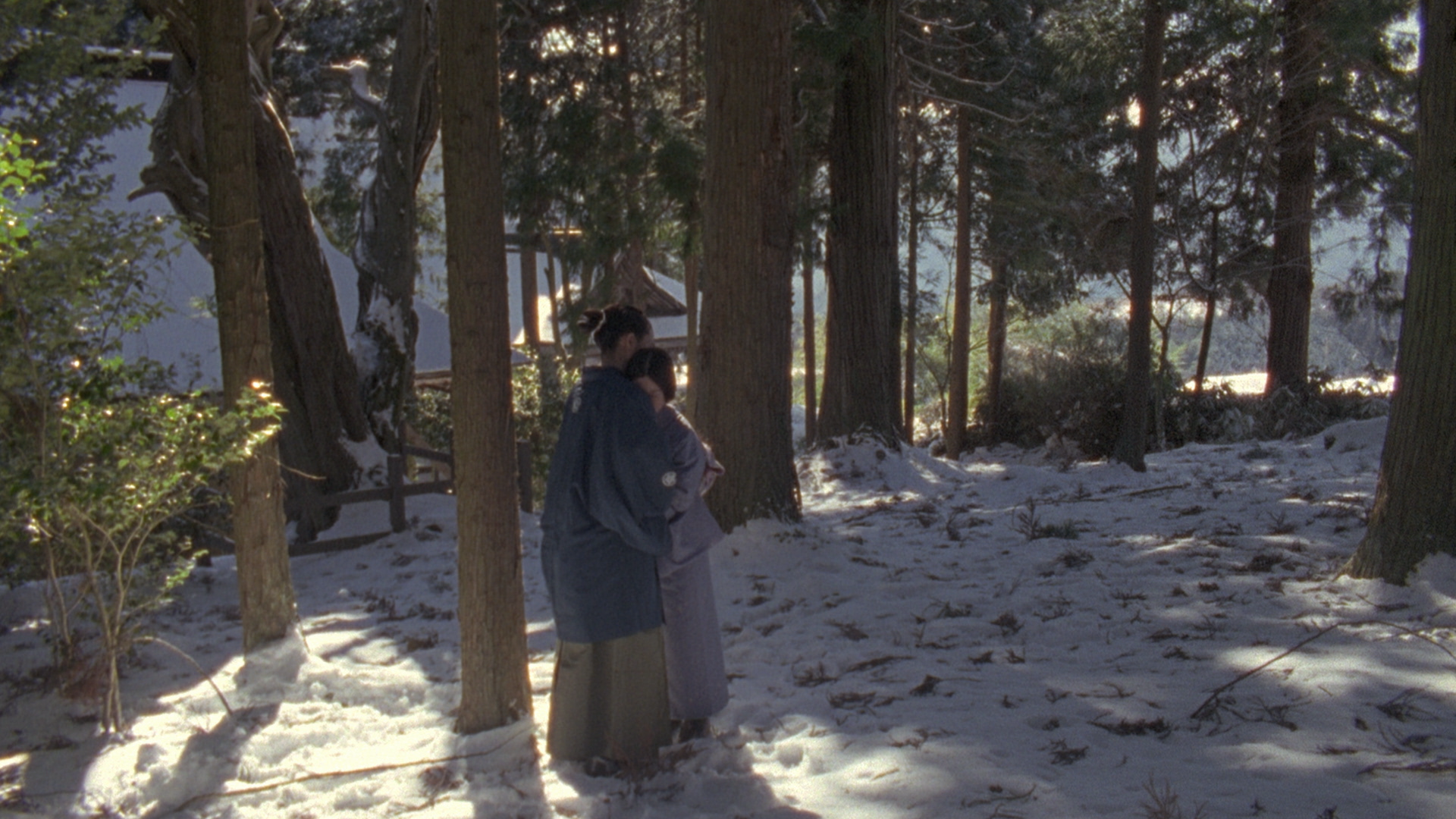
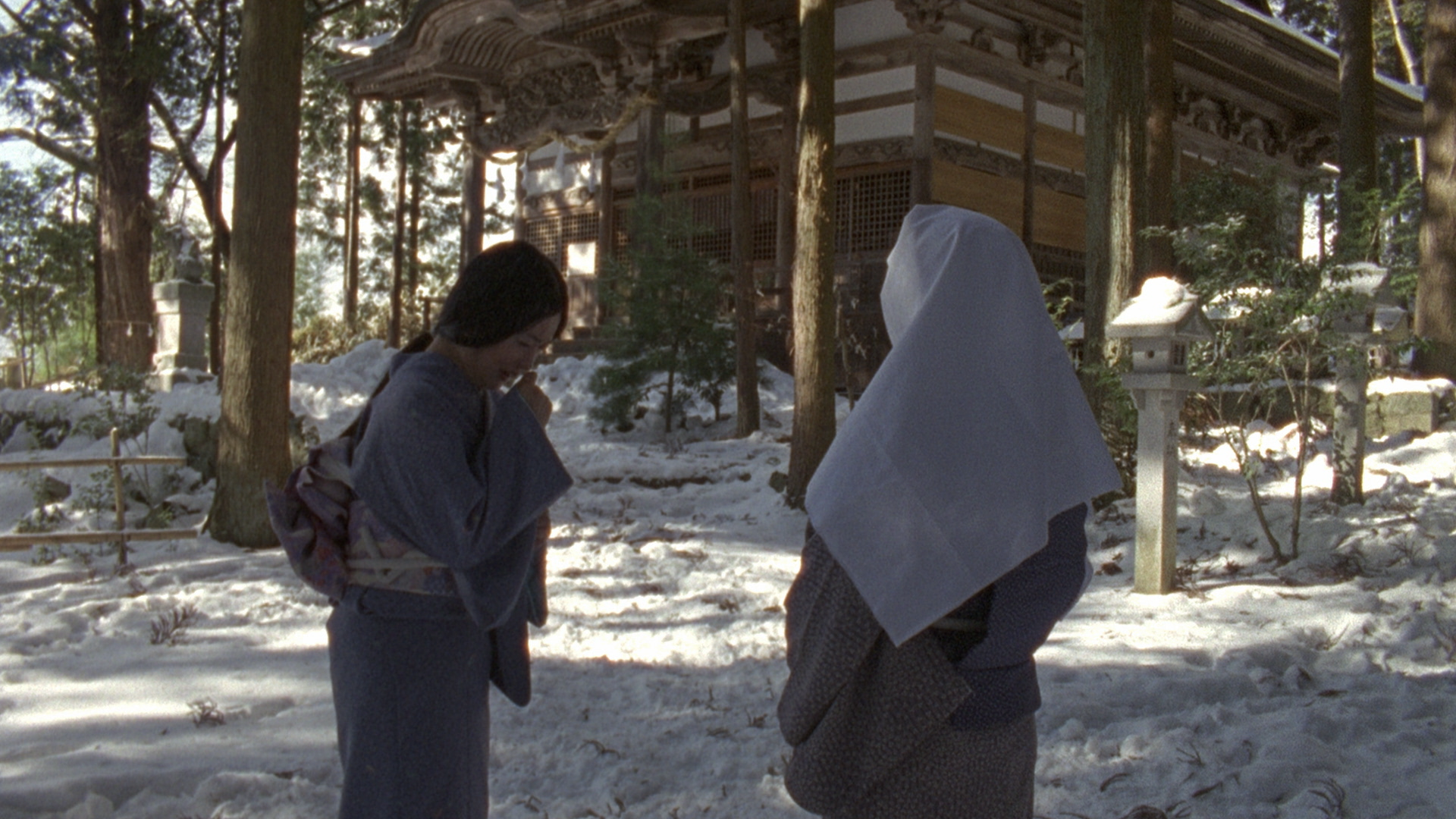
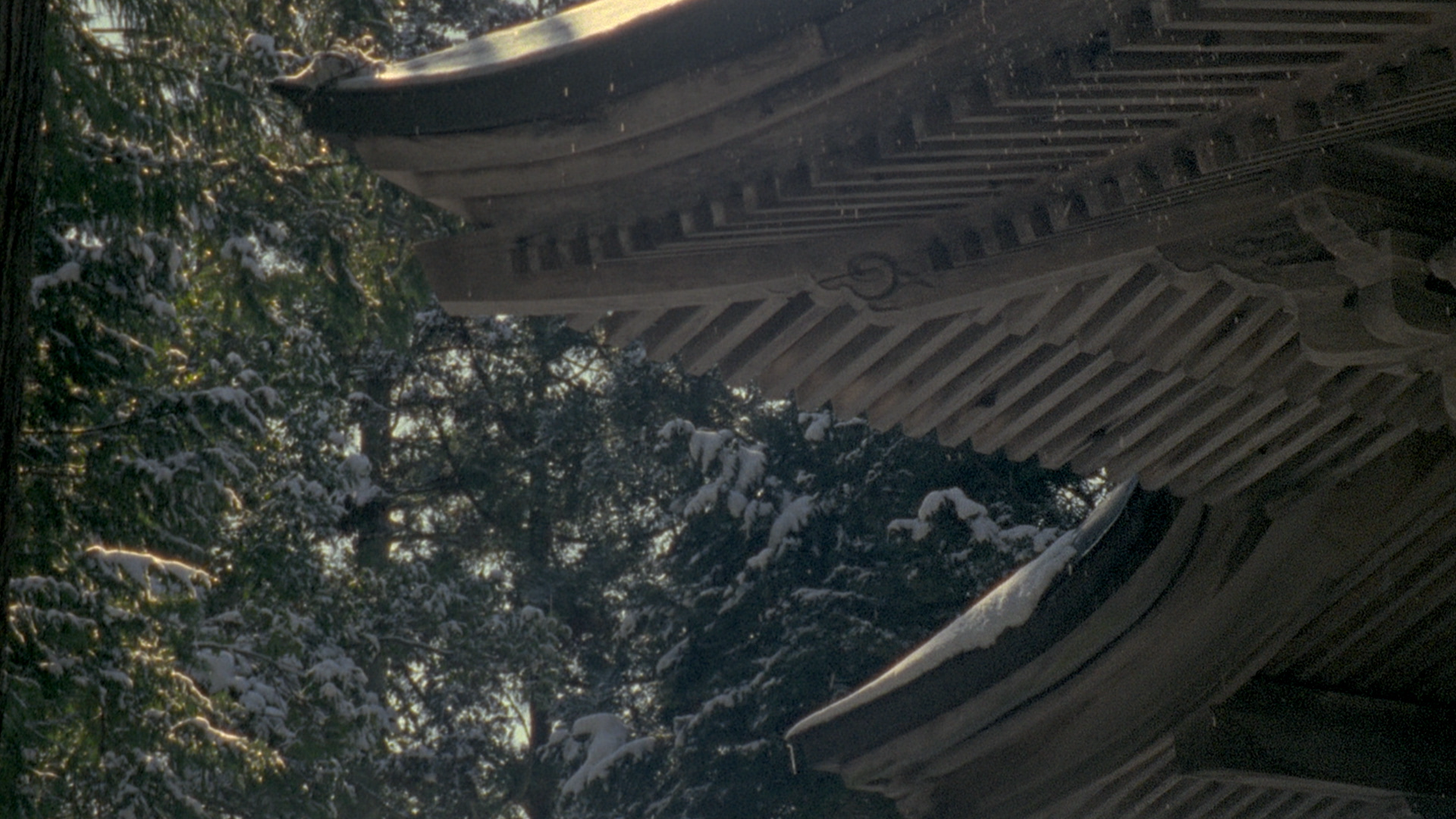
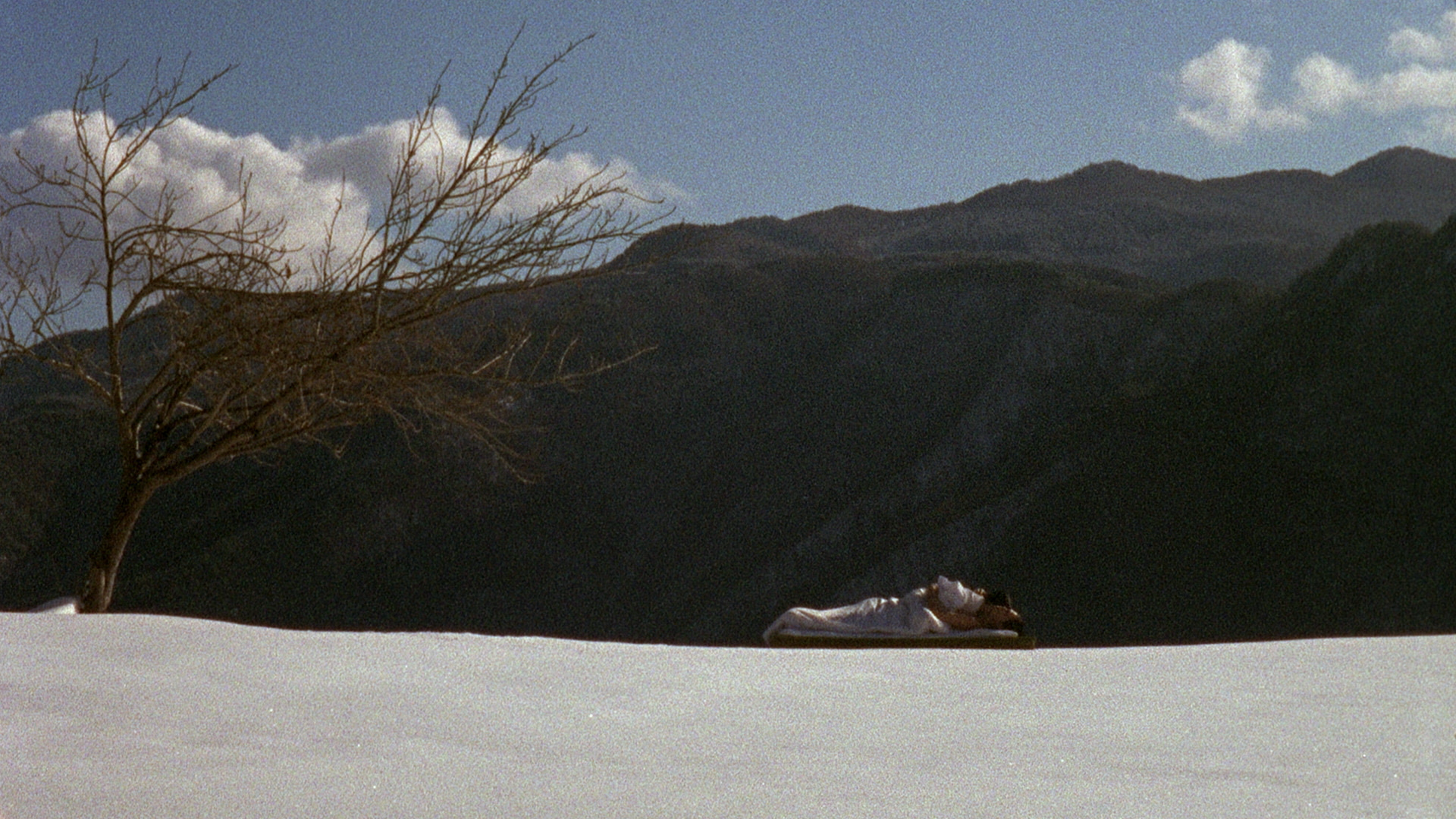


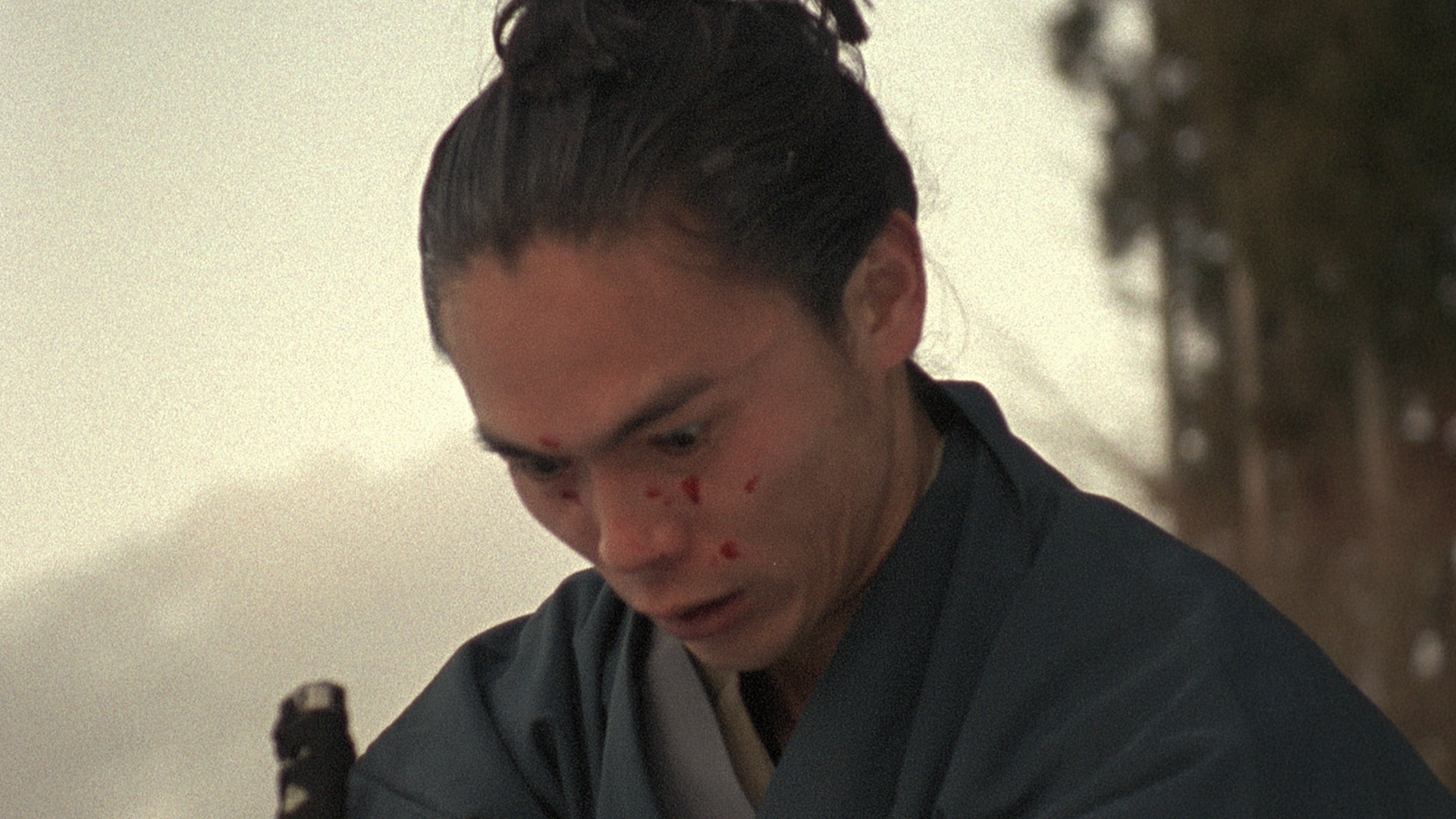
| Mitsuju still frames
Nao and I tried to do as much pre-production as possible from the Bay Area so that when the time came to film, we'd be on the same page. This was essential since I would be coming onto each location blind, and we'd essentially need to plan our shot lists then and there for each scene.
On top of this, the technical challenges presented by the production were not trivial. We'd be shooting in the middle of Winter, which would wreak havoc on the life of our batteries, we'd be in historic locations that weren't wired for the amount of electricity we'd typically use for a film like this, and we'd be shooting mostly night scenes, which required some creative thinking in terms of how to craft a look that was both aesthetically nice and accurate for the time and place.
We ended up shooting much of the film using practical sources, usually in the form of some kind of paper lanterns, either as a part of the set, or held by one of the actors in a given scene. We'd augment these with larger paper lanterns on manual dimmers to mimic the flickering light of the candles that would have been historically used in the practical lamps.
As an added challenge, we'd be shooting the few daylight scenes in the movie on film using a vintage 16mm Bolex camera, both for its unique look, and the fact that it doesn't require batteries. In addition, half of the crew would be from Japan, while the rest of us would be from the US. The language barrier was a real thing.

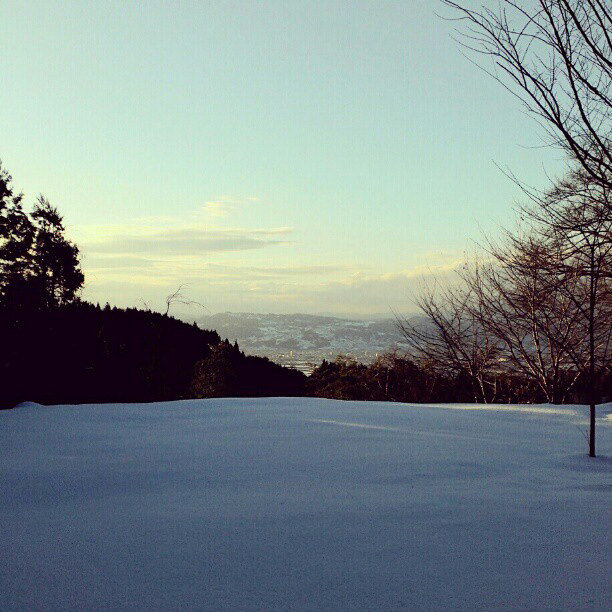
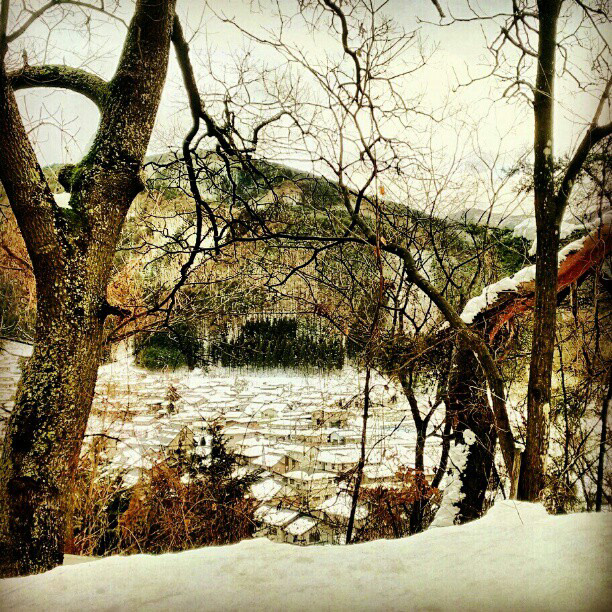
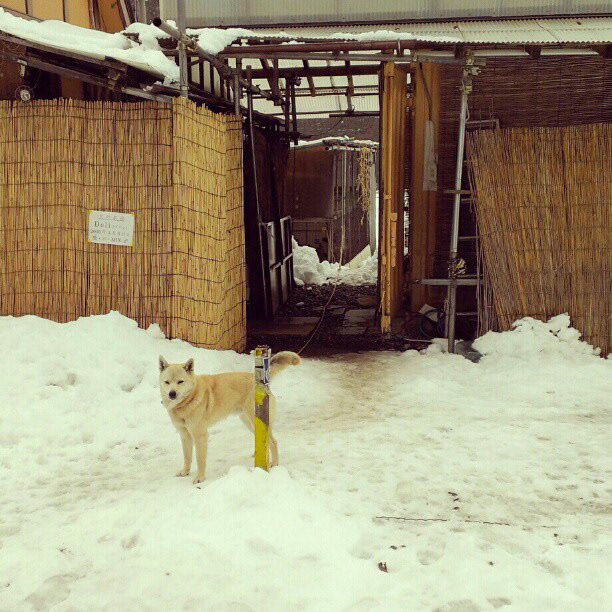
| Mitsuju scouting photos
As we steadily knocked off scene after scene, we gradually fell into a rhythm that seemed to work for everyone and for the film.
I was mostly in charge of camera placement, lens choice, and operating the dimmers. Having John onboard as camera operator was a true luxury, but it was my first time shooting a film where I wasn't also behind the camera, so it took some of getting used to. Once we were in a flow, I couldn't imagine having done it any other way. John's fluid camerawork was exceptional, and having him there allowed me to focus on the lighting and mood in a way I wouldn't have been able to otherwise.
Everyone truly put in their all from the actors, who had to wear kimonos in the snow, to the crew, who had to endure freezing nighttime temperatures while staying quiet and still.
In the end, none of the behind the scenes struggle is visible in the finished film, but that makes it a successful piece in my opinion. It was a grueling and unforgettable shoot, and we ended up with a movie that captivates and intrigues in a sometimes unsettling way.
For the technophiles, most of Mitsuju was filmed on an Arri Alexa camera with Zeiss Superspeed mk2 lenses. The dream sequences were shot with a Paillard Bolex camera with Switar prime lenses.
I'd love to hear your thoughts on the film if you think it's for you. It would make my day to chat about the making of it, so please watch it and reach out :). Mitsuju is available to watch right here, right now, by clicking the play button below. Enjoy.
Festivals
Los Angeles Asian Pacific Film Festival, 2016
Asian Film Festival of Dallas, 2016
Cast
Iori Kinki – "Tadayoshi Uchiyama"
Mari Miyamoto – "Shizume"
Yuri Naganoka – "Mitsu-ju"
Toshimichi Nakamura – "Gen-nai"
Asuka Ono – "Miyo"
Key Crew
Nao Nakazawa – Writer, Director, Editor, Producer
Mackenzie Mathis – Cinematographer
John Kiffmeyer – Camera Operator
Javier Briones – Location Sound/Sound Mix
Kaori Saito – Gaffer
Riyako Katayama – Hair/Makeup